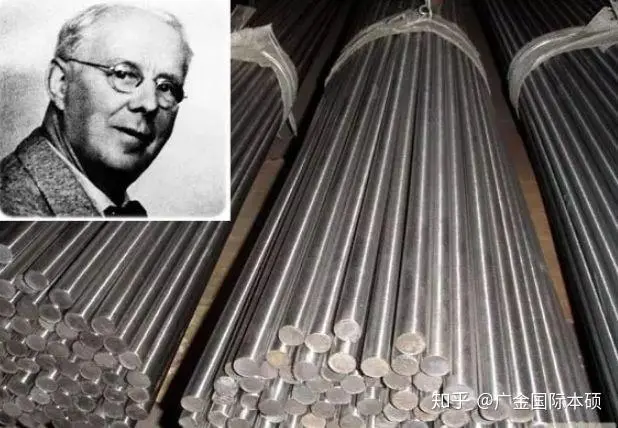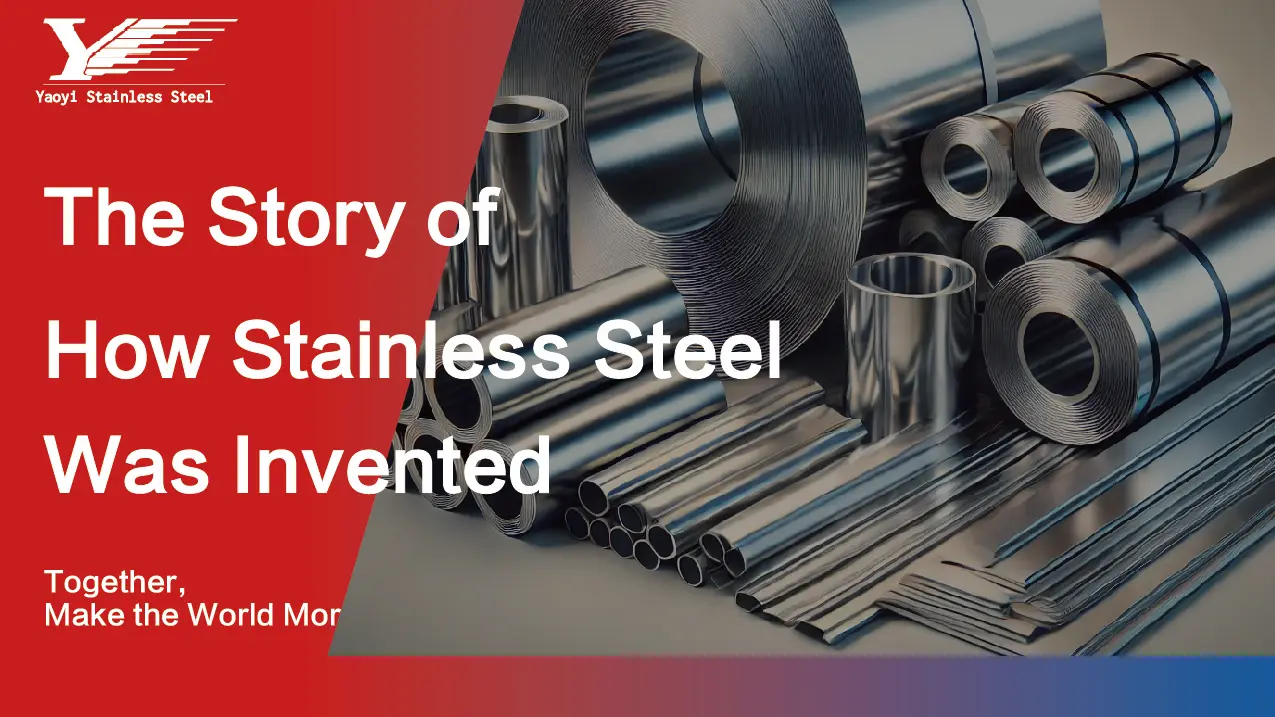
304 Stainless Steel Foil Packaging for Transport Protection
When transporting 304 stainless steel foil, proper packaging is crucial to protect the delicate material from damage, moisture, and external

Stainless steel, a remarkable alloy discovered in 1913, has not only revolutionized industries but also become a part of our daily lives. From the gleaming towers of modern cities to the precision of surgical tools, the strength of automobiles, and the convenience of kitchenware, this invention has made an impact that transcends mere utility. This article delves into when stainless steel was invented and explores its multifaceted influence on architecture, medicine, culinary arts, and the automotive industry. Join us as we unearth the history and discover the endless possibilities of this extraordinary material.
Keep Reading: What is Stainless Steel Sheet
Stainless steel was first recognized as a unique alloy in the early 20th century. Harry Brearley of Sheffield, England, is credited with the invention in 1913. His work was targeted towards reducing erosion in rifle barrels, but he stumbled upon a corrosion-resistant metal mix. This innovative discovery marked a turning point in the metal industry.
Over the years, stainless steel has undergone various refinements. After Brearley’s initial invention, researchers globally dedicated efforts to further understanding this alloy’s potentials. For instance, in the 1920s, scientists uncovered the ’18/8′ stainless steel, an alloy with 18% chromium and 8% nickel. This version showcased enhanced corrosion resistance and laid the foundation for future stainless steel grades.
The advent of stainless steel revolutionized modern architecture. Its unique properties – strength, corrosion resistance, and aesthetic appeal – made it a preferred choice for creating iconic structures worldwide. The Chrysler Building in New York City, completed in 1930, is a prime example. Its gleaming spire, made of stainless steel, is a testament to the metal’s durability and timeless charm.
Furthermore, stainless steel’s role in promoting sustainable architecture cannot be overlooked. The material’s longevity and recyclability make it an eco-friendly choice. With cities globally pushing for green buildings, stainless steel continues to stay relevant, catering to evolving architectural demands while minimizing environmental impact.
Stainless steel’s role in medical science has been transformative. The alloy’s corrosion resistance, sterilizability, and strength made it ideal for surgical instruments. Scalpels, forceps, and needle holders are a few tools made from stainless steel. Its hygienic properties ensure safety during medical procedures, impacting countless lives.
The metal also played a critical role in developing biomedical implants due to its biocompatibility. For decades, stainless steel has been used for orthopedic implants, such as hip replacements and bone fixation screws. While other materials have also emerged, stainless steel continues to be used in specific applications.
Stainless steel’s impact on the culinary world is evident in every kitchen. From cutlery to pots, the material’s resilience, hygiene, and easy maintenance have made it indispensable. Its non-reactive nature ensures that it does not alter the flavor of food, making it a chef’s best friend.
In commercial kitchens, stainless steel’s role is even more pronounced. Large appliances like refrigerators, stoves, and dishwashers are often made from this alloy. Its ability to withstand high temperatures, resist stains, and ease of cleaning make it ideal for the high-intensity environment of professional culinary spaces.
Stainless steel has significantly influenced the automotive industry. Initially, it was mainly used for decorative purposes, like trims and grills. However, as the industry evolved, stainless steel’s role expanded. Its strength and resistance to rust have made it ideal for parts that demand durability, like exhaust systems.
With the rising trend of electric vehicles (EVs), stainless steel’s role is set to evolve further. Key components of EVs, like the battery housing and electric motor components, could benefit from stainless steel’s properties. The material’s future in the auto industry looks promising, aligned with the push towards sustainability and efficiency.
In essence, stainless steel’s invention over a century ago has left an indelible mark across various sectors. Its properties and adaptability have made it an enduring ally, capable of evolving with changing technological trends and societal needs. From the kitchen to the operating room, from towering skyscrapers to speedy automobiles, stainless steel’s presence is truly ubiquitous and invaluable.
Learn more about the why stainless steel is not magnetic
Read more: why foil in dishwasher
Get more: why aluminum foil in dishwasher
Learn more about: who invented foil
Learn more about: where to buy stainless steel sheet
Read on: When Aluminum Foil Invented

When transporting 304 stainless steel foil, proper packaging is crucial to protect the delicate material from damage, moisture, and external

The invention of stainless steel, often hailed as one of the most significant breakthroughs in metallurgy, was attributed to Harry